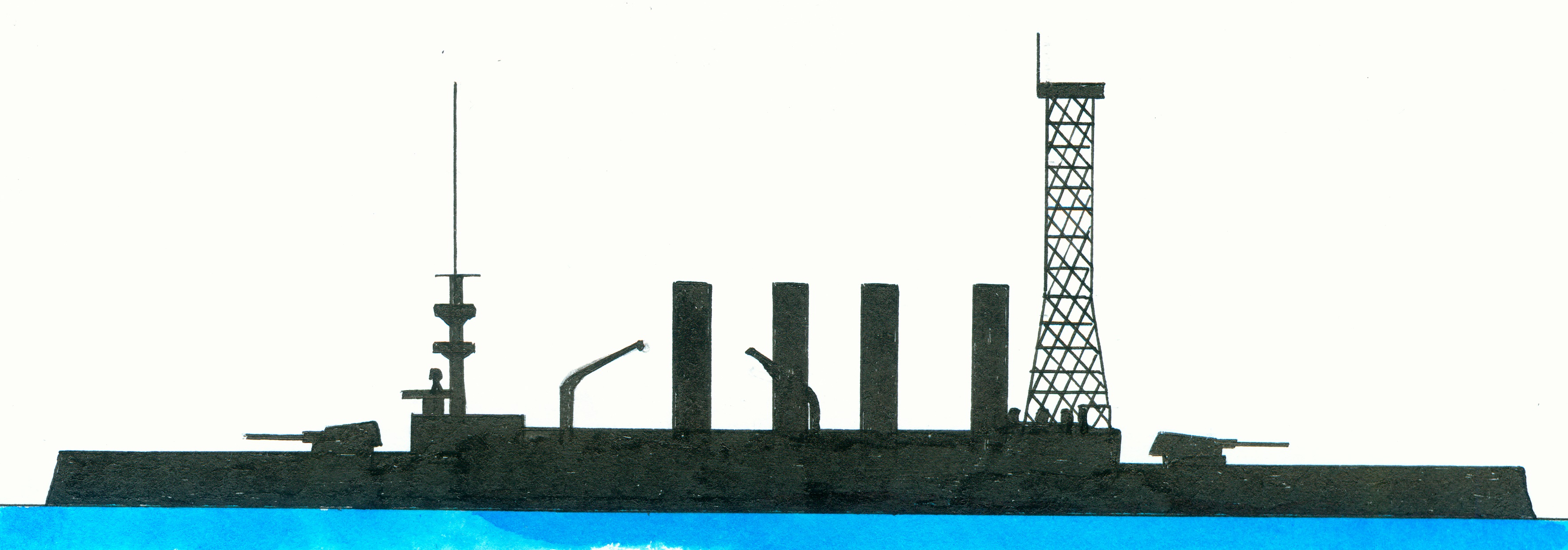Pennsylvania-class
Tennessee-class
Part of the Tennessee-class consisting of the Tennessee, Washington, North Carolina and Montana, preceded by the Pennsylvania-class but never succeeded. There were none armoured cruisers further built as believed that an armoured cruiser became an obsolete design replaced by the battle cruiser concept like that of the British Invincible-class. Also referred to as Armored Cruiser No. 11. Building ordered in 1 July 1902, building awarded on 10 February 1903, laid down at New York Shipbuilding Corporation, Camden, New Jersey on 23 September 1903, launched by miss Helen Stewart Wilson on 18 March 1905, commissioned on 7 August 1906, renamed Seattle on 9 November 1916, reclassified CA-11 on 17 July 1920, became a receiving ship/floating barracks, unclassified on 1 July 1931, reclassified IX039 on 17 February 1941, stricken on 19 July 1946 and sold to Hugo Ney, New York City to be broken up on 3 December 1946.
General technical specifications of this class. With a displacement of 14.730 (standard)-15.964 (full load) tons and as dimensions 153,8 x 22,2 x 7,6 metres or 504’6” x 72’10” x 25”. The machinery consisted of 2 vertical triple steam engines and 16 Babcock&Whitecox boilers supplying 23.000 ihp allowing a speed of 22 (design) knots. Crew numbered 887 men. The armour consisted of a 7,6cm/3”-12,7cm/5”thick waterline belt, a 3,8cm/1.5”-10,2cm/4” thick deck with the conning tower and turrets protected by respectively 22,9cm/9” and 6,4cm/2.5”-22,9cm/9”. The armament consisted of 2x2-25,4cm/10” /40 Mark 3 guns, 16x1-15,2cm/6” /50 Mark 8 guns, 22x1-7,6cm/3” /50 guns, 12-3pd guns, 4-1pd guns, 2-7,6cm/3” field guns, 2-30cal machineguns, 6-30 cal automatic guns and 4-53,3cm/21” torpedo tubes. The machinery consisted of 2 vertical triple steam engines and 16 Babcock&Whitecox boilers supplying 23.000 ihp allowing a speed of 22 (design) knots. During a 4 hours trial was a speed of 22,27 knots with a horse power 26.862ihp achieved.


